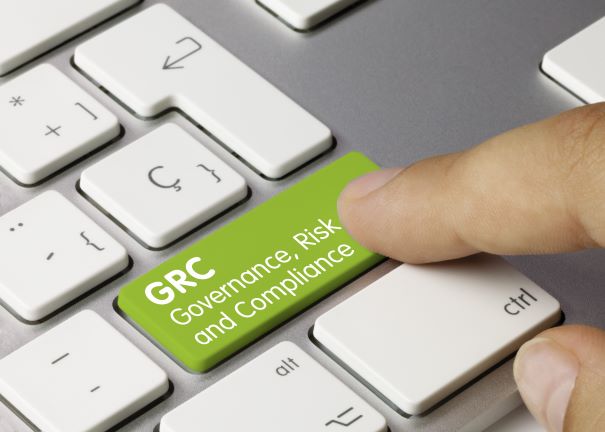Running a successful business is not a left-hand play. It requires a proper business plan and business strategies to meet business goals and objectives. GRC is one of the business strategies for running a business effectively. Government, Risk, and Compliance (GRC) is a strategy that is used to manage the organization’s governance, risks associated within an organization, their management, and compliance.
GRC strategy comes with the objective of integrating IT in a business, improves the decision-making process, and eliminates bottlenecks. Incorporating GRC in your business ensures that all the business activities are running in a progressive way. Implementing GRC strategies effectively in a business requires that every team member of an organization should adopt the GRC strategies in every business activity. GRC helps in accomplishing a company’s goals. The risk management team, compliance department, and administration must come together on a single platform to implement GRC strategies by sharing information, their opinion, assessment, and metrics. Let’s understand how GRC will do the trick to run a successful business.
Why Integrate GRC in a business?
The availability of risk and compliance information in the appropriate format is critical to an organization’s performance. It enables rapid and informed decision-making, which can help in saving a company from financial loss, data breaches, compliance violations, and other problems. Let’s take a bird’s eye view on the benefits of incorporating GRC in a business.
1. Powerful Decision Making
Risk and compliance teams analyze risks and share their information with each other that helps the administration to make powerful decisions. A Well-planned GRC integration assists the leadership and governance team to make decisions that are aligned with the organization’s activities. Keeping in mind all the organizational activities including risks management, compliance strategies, and policies, would result in powerful and right decision-making.
2. Higher Stability & Agility
Without implementing GRC in a business, many organizations face difficulty in discovering the risks involved in the enterprise and they lack buyer-seller relationships as they don’t have the vision to create successful operational business plans. An organization that has ambiguous objectives, lack of effective oversight, lack of access to crucial information, organizational and functional silos face many challenges to run a successful business.
Proper coordination with the teams of different departments such as risk management, administration team, and compliance team come together on a single platform to identify all business problems, quickly analyze risks and make powerful solutions. They get ready to meet the challenges coming in the future. Hence, GRC enables them to launch a new product or service, come up with a unique idea in the market, and develop connections with the vendors, and have prepared solutions to market fluctuations more efficiently.
3. Automated Workflows
Information scattered in multiple documents makes it problematic and time-consuming to analyze and handle. It becomes a great challenge to deal with. Finding critical information across numerous documents, and hubs takes a lot of time and makes data and task management more difficult than it has to be. On the other hand, implementing GRC strategies by automating the manual operations and establishing repeatable workflows simplify regulatory GRC management duties. This saves time and also there is no chance of human error.
4. Improved Communication
When teams of all departments such as the risk management team, governance team, and compliance/audit team use the same system for performing business activities such as risk mitigation, documentation, and task management, they will also use the same vocabulary for discussion. Thus, discussing everything with team members ensures that everybody is aware of all the business activities and they work effectively to fulfilling organizational goals.
5. ‘Goodbye’ to Data Silos
Sharing data across business units, departments, and risk and compliance operations not only saves money, but also provides greater exposure, integrated knowledge of risks and controls, and easier access to data and reporting. Siloed data promotes repetition of data and less precision and may come up with hidden risks. On the other hand, integrated data reveals important organizational relationships and dependencies and enhances executive control.
6. Cost-Effective Solution
Centralizing all GRC activities can help decrease platform costs by allowing operations to be completely integrated directly in a business, as well as reducing the time and training expenses associated with managing and maintaining numerous products. This makes the analyzing processes so that different systems may be smoothly connected with one another, allowing you to define priorities in order to meet important business objectives.
Conclusion
If GRC is integrated into a business effectively, it will assist in risk prediction with greater precision and accuracy. In this way, the administration clearly understands enterprise risks and provides a great solution that will help in running the business operations smoothly and effectively.

